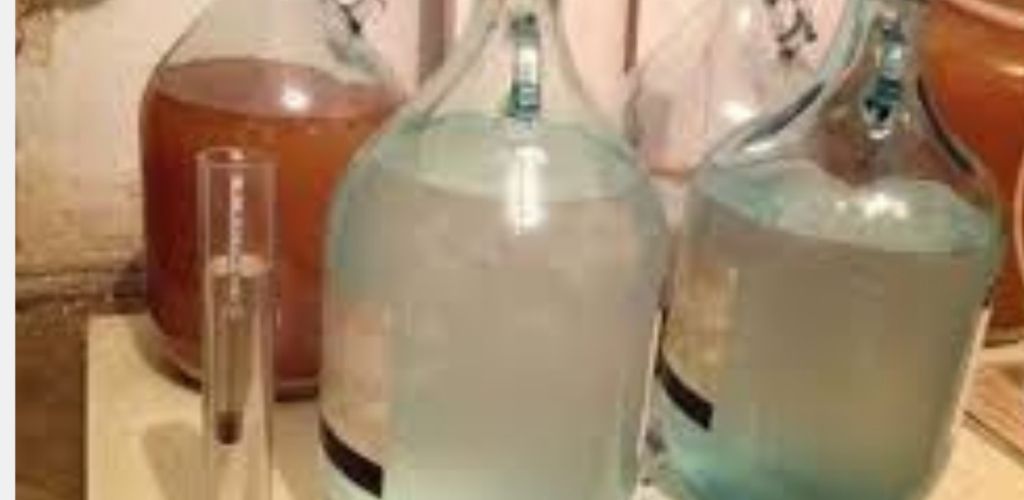04.04.2025
How to Make Alcohol from Corn and Other Grains – Step-by-Step Guide to a Modern Traditional Process
Making alcohol from corn and other grains is a process that involves several key steps. It’s important to understand that distilling alcohol can be dangerous and, in many places, illegal without the proper permits. This information is for educational purposes only, and I strongly advise against attempting to distill alcohol without proper training and legal authorization.
Here’s a general outline of the process:
1. Grain Preparation (Mashing):
- Grinding: The grains (corn, barley, rye, etc.) are ground into a coarse meal. This increases the surface area for enzyme activity.
- Cooking: The ground grains are mixed with hot water to create a “mash.” This process gelatinizes the starches, making them accessible to enzymes.
- Saccharification: This is the crucial step where starches are converted into fermentable sugars. Malted barley is often added because it contains enzymes (amylases) that break down the starches. The mash is held at a specific temperature (usually around 150°F or 65°C) for a period of time to allow this conversion to occur.
2. Fermentation:
- Cooling: The mash is cooled to a temperature suitable for yeast.
- Yeast Addition: Yeast is added to the mash. The yeast consumes the sugars and produces alcohol and carbon dioxide.
- Fermentation Period: The mixture ferments for several days or weeks, depending on the desired alcohol content and the type of yeast used.
3. Distillation:
- Heating: The fermented mash (now called “wash”) is heated in a still. Alcohol has a lower boiling point than water, so it vaporizes first.
- Condensation: The alcohol vapor is then cooled and condensed back into a liquid.
- Separation: Distillation separates the alcohol from the water and other components of the wash.
- “Cuts”: Distillers make “cuts” during the distillation process to separate the undesirable components (foreshots, heads, and tails) from the desired ethanol (the “hearts”). This is a crucial step for producing a safe and palatable product.
4. Collection and Aging (Optional):
- Collection: The distilled alcohol is collected.
- Aging: Some spirits, like whiskey, are aged in oak barrels to develop flavor and color.
Important Considerations:
- Safety: Distilling alcohol can be dangerous. Methanol, a toxic alcohol, is produced in small amounts during fermentation. Proper distillation techniques are essential to separate methanol from ethanol.
- Legality: Distilling alcohol is illegal in many jurisdictions without the proper permits.
- Equipment: Distilling requires specialized equipment, including a still, fermentation vessels, and thermometers.
- Hygiene: Maintaining strict hygiene throughout the process is essential to prevent contamination.
Grain Variations:
- Different grains produce different flavors. Corn is commonly used for bourbon, while barley is essential for Scotch whisky.
This is a simplified overview. The actual process can be much more complex and requires careful attention to detail.
